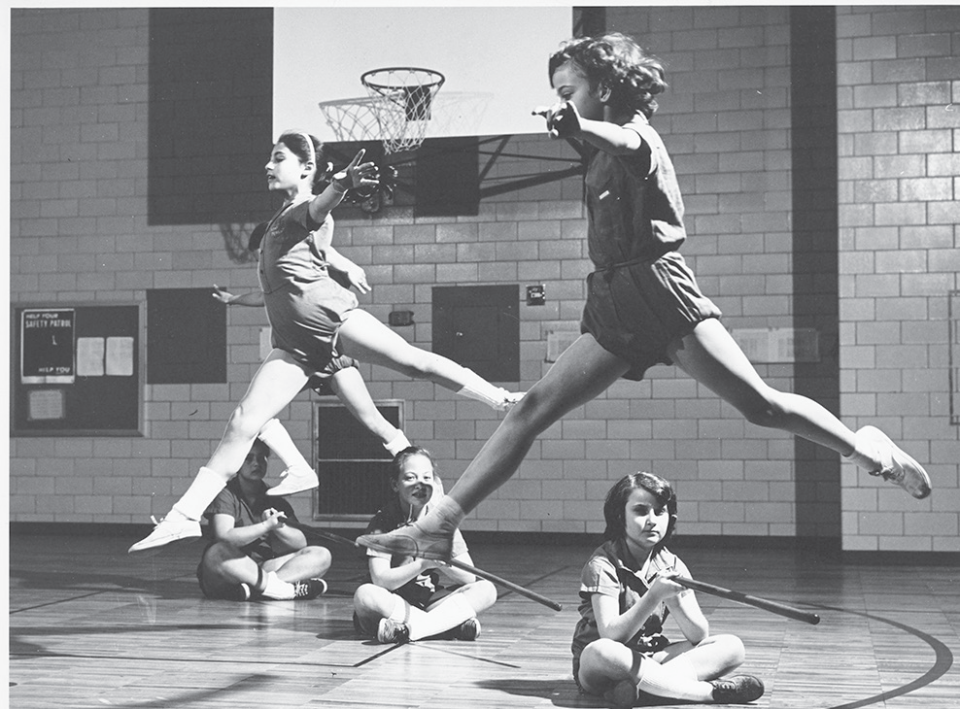I vividly remember changing into my physical education outfit daily throughout the school year. We darted around the gym, running laps to warm up for whatever activity we were getting into that day: an intense game of dodgeball, a jump rope contest, an obstacle course. Whatever it was, I came out sweaty and energized.
That was then, this is now: PE once per week in many schools across Cincinnati and sometimes alternating every other quarter. In other words, not enough.
“Physical education today is typically in a rotation with other classes, such as art, music, technology and library,” says Robbie Lazear, physical education teacher with Cincinnati Public Schools.
Lazear says that physical activity is a very important piece of the physical education curriculum, but there’s more to it than that.
“The piece involves learning how to do specific motor skills and movement patterns, incorporating strategy and tactics into gameplay situations, exhibiting responsible personal and social behavior and recognizing the value of physical activity,” Lazear says.
Seems like a lot to achieve with a once a week class.
A few years ago, PE was sacrificed for the Common Core Curriculum of old. Next, COVID-19’s social distancing killed it. Overall, PE has lost its way however you measure it. Saying this, we need to try to continue to incorporate fun, physical activities into kids’ daily lives both at school and home.
Benefits of PE
Although PE isn’t happening as often as it should, schools excel at hyping up the focus on kids’ health and well-being.
“The benefits of physical education in schools are far-reaching, including increased student physical health and better academic performance. Physical education teaches children key life skills in addition to improving their health and well-being,” says Lazear.
Break a Sweat
But wait, how much PE do kids need? First, know that physical education and physical activity are different. Physical education programs provide students skills and knowledge to establish and sustain physical activity. Physical activity however, means any bodily movement produced by the contraction of skeletal muscle and that substantially increases energy expenditure.
And kids need both.
The truth is, the American Heart Association recommends that kids get 60 minutes of moderate to vigorous physical activity each day. Getting sweaty is a good goal to reach.
PE At Home
No, you don’t have to referee dodgeball. Or build an obstacle course in your backyard. But you can fill the void of PE and increase physical activity at home with simple measures. Going to the park regularly. Throwing a frisbee. Taking a brisker family walk or playing catch in the backyard.
“When parents make physical activity and wellness an important part of the dynamics of their family, they will discover their kids will naturally gravitate to it,” says Lazear.





